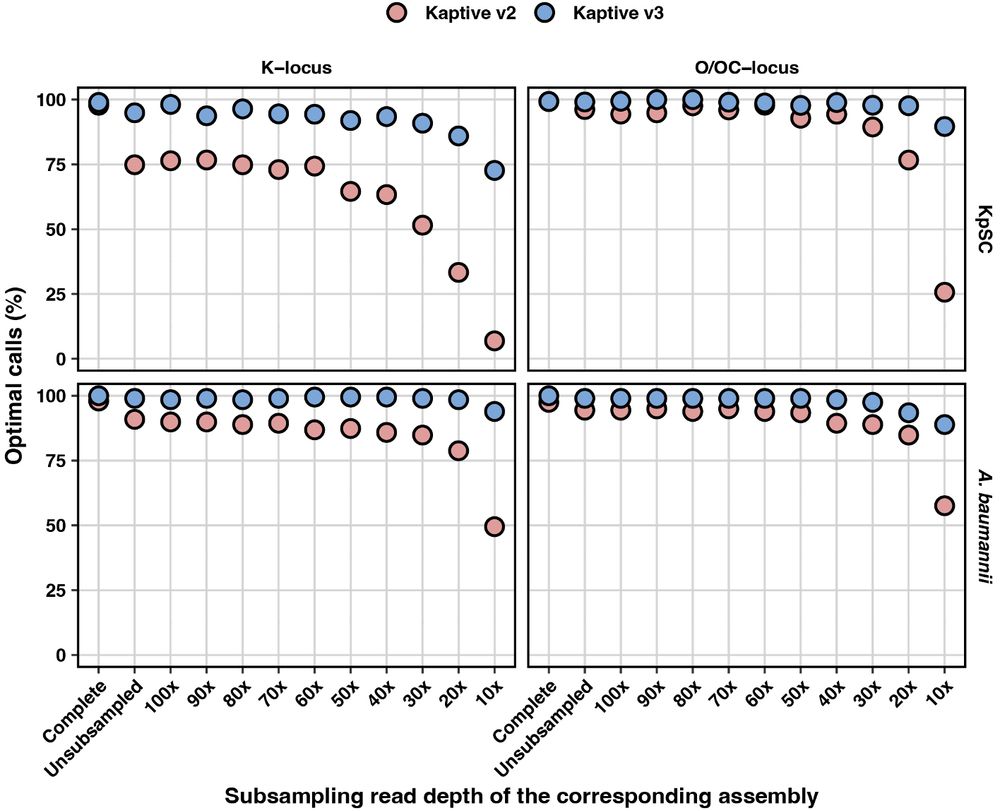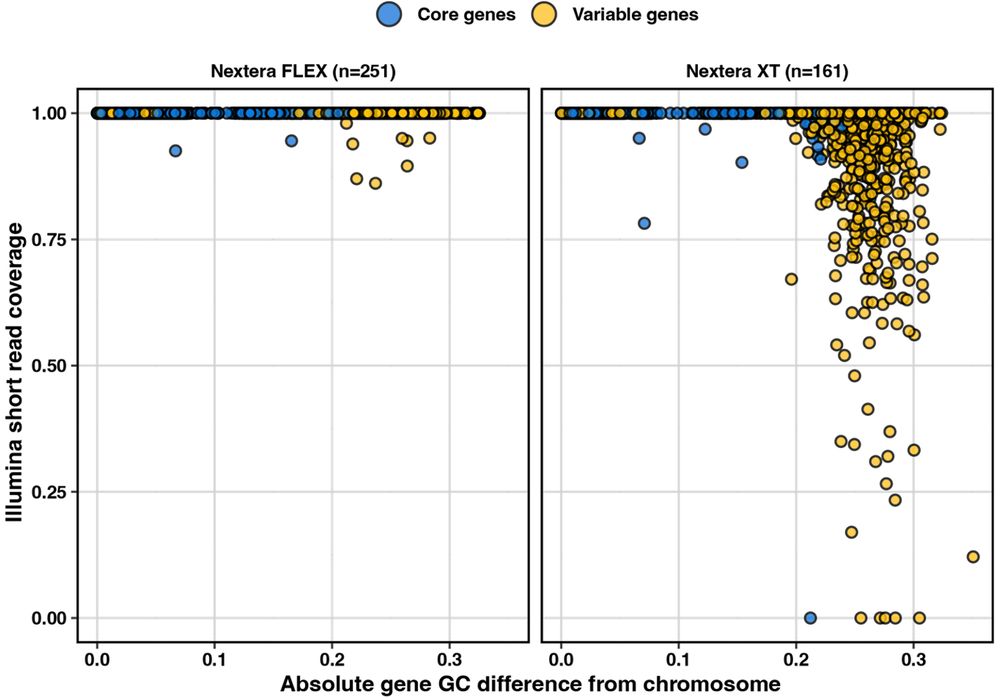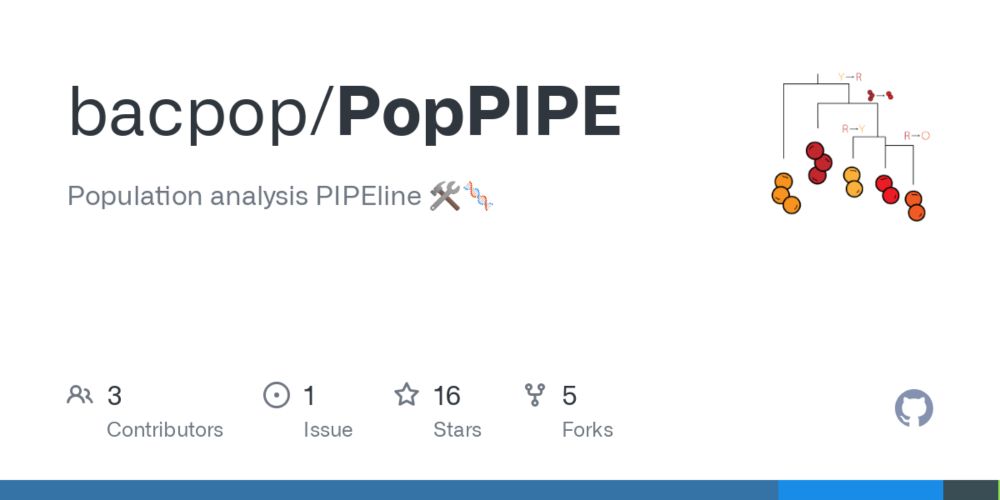Tom Stanton
@tomstantonmicro.bsky.social
190 followers
190 following
15 posts
Microbiologist. Lead developer of #Kaptive + bonafide #Klebsiella nerd. Post-doc in the Wyres Lab @AlfredMonash_ID.
Posts
Media
Videos
Starter Packs
Reposted by Tom Stanton
Reposted by Tom Stanton
Kelly Wyres
@kelwyres.bsky.social
· Jul 22
Reposted by Tom Stanton
Reposted by Tom Stanton
Tom Stanton
@tomstantonmicro.bsky.social
· Feb 19
excel_numeric_to_date function - RDocumentation
<p>Converts numbers like <code>42370</code> into date values like
<code>2016-01-01</code>.</p>
<p>Defaults to the modern Excel date encoding system. However, Excel for Mac
2008 and earlier Mac version...
www.rdocumentation.org
Reposted by Tom Stanton
Rhys White
@rhystwhite.bsky.social
· Feb 11

The rapid detection of a neonatal unit outbreak of a wild-type Klebsiella variicola using decentralized Oxford Nanopore sequencing - Antimicrobial Resistance & Infection Control
Background Klebsiella variicola has been implicated in neonatal intensive care unit (NICU) outbreaks previously and can be misidentified as Klebsiella pneumoniae. An increased incidence of K. pneumoni...
doi.org
Reposted by Tom Stanton
Willem van Schaik
@wvschaik.bsky.social
· Nov 21
Reposted by Tom Stanton
Klebsiella Club
@klebclub.bsky.social
· Nov 17







